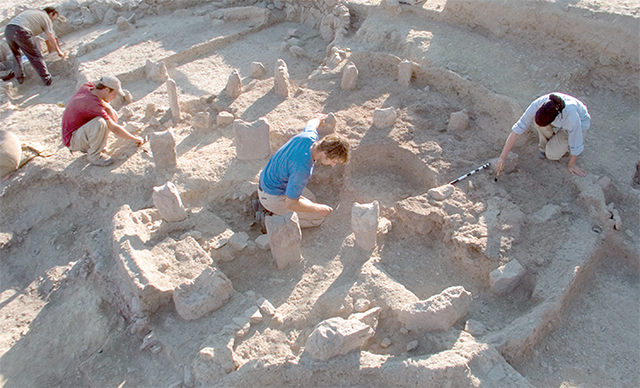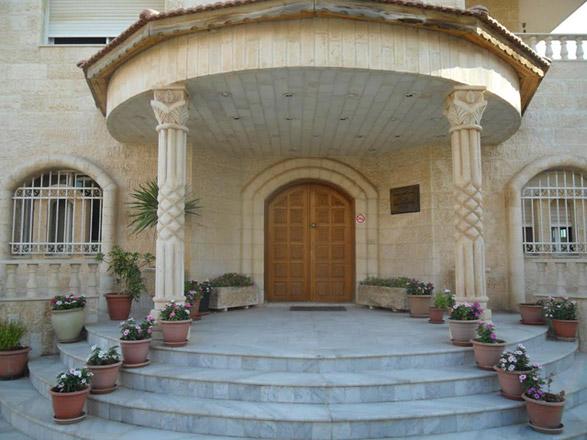You are here
Study of modern society can answer archaeological questions, scholar says
By Saeb Rawashdeh - Oct 09,2016 - Last updated at Oct 11,2016
AMMAN — The study of modern society and modern people can help answer archaeological questions, according to British scholar Sarah Elliott.
“Over the years in the literature, there are many different words used to describe it: ethnographic archaeology, archaeological ethnography, living archaeology, archaeo-ethnography and the new one I found recently — action archaeology,” said Elliott.
During a recent lecture at the Council for British Research in the Levant (CBRL) in Amman, the researcher said ethnographic analogy had been used in archaeology since around 1900, “but it wasn’t until the 1950s and 1960s that people started specifically collecting data to answer archaeological questions”.
Elliott, who specialises in environment archaeology, is interested in the development of the first settlements and farming in the Middle East.
Her work investigates when sedentarisation occurred and how it happened; how buildings were constructed; which animals were domesticated, and where, and what animals ate.
Human and animal interaction offers some answers about the Neolithic period, the scholar noted.
Traditional archaeologists answer questions about animal management, domestication and diet by analysing animal bones and plant remains.
“They also look at differences between pre- and post-domestication,” said Elliott, noting that more male animals were slaughtered after domestication, as females were kept alive to reproduce.
The archaeologist has visited three different vegetation zones in Jordan in order to learn more about the grazing of domesticated animals near Jordanian sites.
Human activity also offers clues to the process of sedentarisation, said Elliott, by identifying activities like cooking and construction.
The construction materials used by settled humans are also important for the analysis, according to the scholar.
“We started looking at a new scientific approach to research on human activities, focusing on microscopic rather than macroscopic residues,” she highlighted.
Elliott recently worked as a research assistant on a project to identify activity areas in Neolithic sites through ethnographic analysis of phytoliths and geochemical residues, known as the INEA project, co-directed by the UK’s Bournemouth University and the CBRL.
Under the INEA project, archaeologists are looking at modern-day bedouin camp sites as an ethnographic analogy for the small scale, ephemeral, pastoralist and seasonally occupied sites of ancient Wadi Al Jilat and Azraq, according to the project’s web page.
They are also looking at abandoned mud and stone constructed villages, as a comparison for the stone and mud brick constructed archaeological sites of Ain Ghazal and Beidha.
One of the sites being studied is the abandoned village of Al Matan, near Tafileh, 180km southwest of Amman, said Elliott.
The last residents left the village in the 1980s, and it was chosen for its parallels with Neolithic villages.
“The good thing about the case study was that we could talk to former residents who moved close by, near the King’s Highway,” Elliott stressed.
Archaeologists could also study the places where former residents dug clay and other natural material for house building, the scholar explained, adding that they collected 192 samples from the area.
They also collected samples for analysis from the archaeological sites of Ain Ghazal and Wadi Finan.
“I tried to outline how ethno-archaeological science can be integrated with archaeological science by comparing known to unknown contexts, using proxies which can survive very well in ancient sediments,” Elliott concluded.
Related Articles
A Neolithic village Dhra is located at the southern end of the Dead Sea area, near Wadi Karak, in southern Jordan.
AMMAN — The Council for British Research in the Levant (CBRL), also known as The British Institute in Amman, inspires and supports high-qual
AMMAN — Work at the site of Beidha "revolutionised our understanding" of Neolithic life, as, for the first time, an extensive settlement are


















